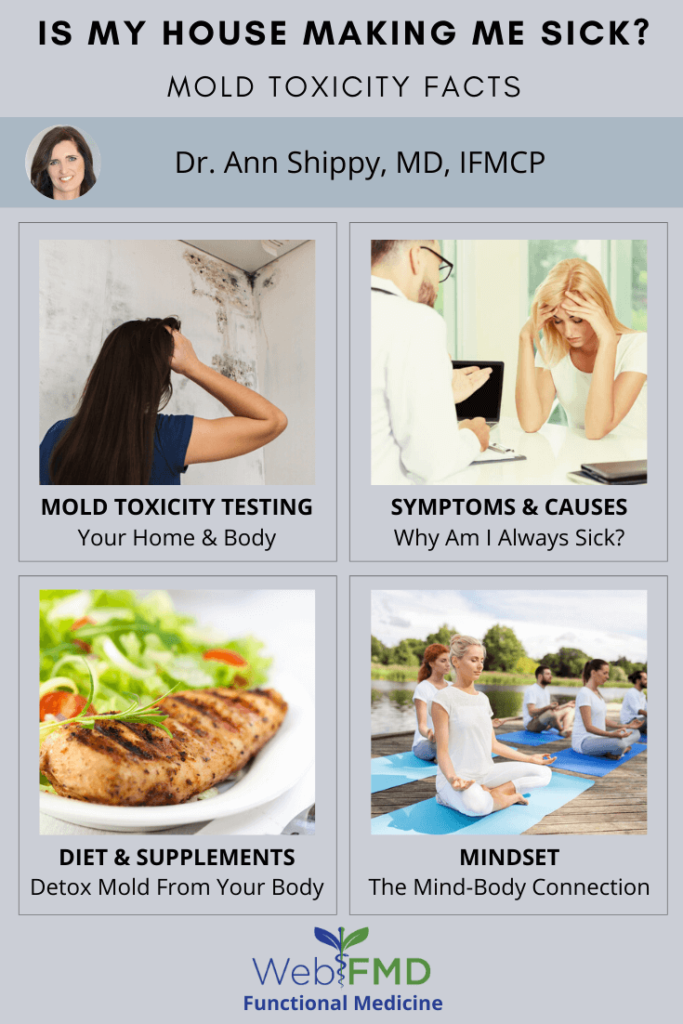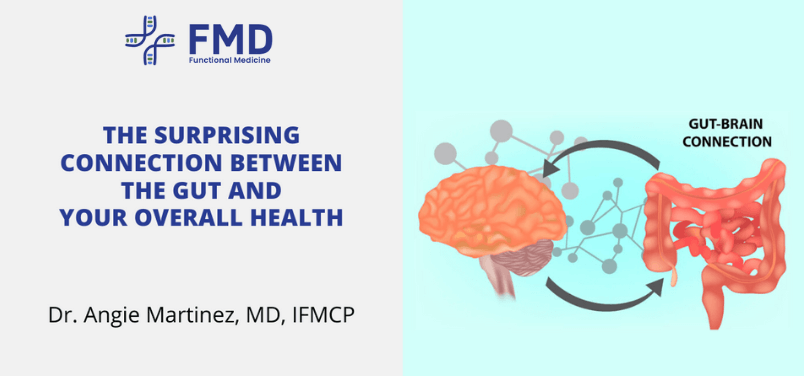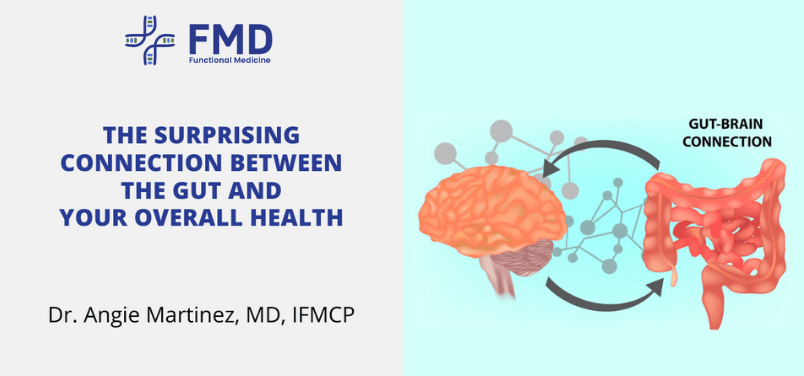 |
Dr. Ann Shippy, MD Functional Medicine Doctor Mold Toxicity Expert |
Symptoms | Testing | Treatment | Supplements | Diet | Mindset
If you have been sick for a while and suspect your house is making you sick, you might be suffering from toxic mold exposure.
Certain types of mold produce toxic chemicals called mycotoxins and microbial volatile organic compounds (MVOC’s). These toxins can have a profound effect on your health and quality of life.
After battling with mold illness myself and witnessing the many challenges to diagnose and treat toxic mold exposure, I have developed an evidence-based approach that has helped many of my patients and myself to heal.
In this article, I will share some of the key findings of my research on mold toxicity. I hope this information can help you better understand if you or your family are affected and the available treatment options.
“I Have Been Sick Since I Moved Here”: How Your Home Can Make You Sick
According to the World Health Organization, up to 50% of residential and work environments have a history of water damage.[1]
Shocking numbers, I know.
In as little as 24-48 hours after water damage occurs, indoor mold can start to develop. Sometimes the mold issue in the building is obvious, but very often, a mold problem has no visible signs or a musty smell. One of the main reasons for this mold epidemic is due to modern building methods that are designed to conserve energy, reducing air circulation inside the building. As a result, humidity stays higher inside, which encourages mold growth.
Other common causes that make this problem worse include mass production of homes with less attention to detail, using cheaper materials that are not waterproof, and other cost saving construction practices. Cheap and fast construction may be one of the reasons our homes are making us sick. Saving money is costing us our health.
Mold Toxicity Symptoms
Mold toxicity often causes symptoms that can be very different from one person to another. With a family that lives in the same house, for example, some members may not notice any symptoms initially, while others may be extremely ill right away.
The way our body responds to mold exposure depends on multiple individual factors. These include genetics, our immune system, nutritional status, and other toxins we have been exposed to that have accumulated in our bodies. All these factors affect the body’s ability to clear out mold-produced toxins.
When toxicity builds up in your body, some of the symptoms you may experience can begin in your weakest body systems. This is why mold sickness can vary so much from person to person, we all have our own individual weaknesses.
With that said, there are several symptoms of mold exposure that are more common:
- Skin rashes, eczema, psoriasis
- Memory problems, difficulty concentrating, “brain fog”
- Neuropathy
- Parkinson’s-like symptoms, tremors or muscle twitches
- Digestive issues such as bloating, nausea, and gut inflammation. In some cases, mold toxicity may be linked to digestive disorders such as irritable bowel syndrome, inflammatory bowel diseases such as Crohn’s disease or ulcerative colitis.
- Insomnia, night sweats
- Respiratory: Asthma, allergies, sinus congestion
- Headaches
- Hair loss
- Body pain, joint pain
- Fatigue, low energy, weakness
- Mood swings, such as anxiety or depression.
- Behavioral problems in children.
- Diminished visual performance
- Unexplained weight gain or loss.
As you can see, the symptoms of mold toxicity can drastically affect your quality of life. When I got sick, I had so much extreme body pain, it was hard for me to let my kids hug me or even sit on my lap!
Luckily, the body has the ability to overcome and heal with the right treatment, which we will cover next.
Mold Toxicity Testing

There are several urine tests for mycotoxins that can be useful to help confirm mold toxicity, especially in cases where mold exposure isn’t obvious.
These tests don’t always account for all types of molds or mycotoxins, however. So, it is possible for a urine test to come negative while you still have a mold toxicity problem.
To help with these challenges, I often combine several urine tests that use different technologies to get a more complete picture of the mold toxicity status. A few examples of mycotoxins urine tests I often use include:
- GreatPlainsLaboratory.com
- RealTimeLab.com
I prefer the straight urine test and another test after a high dose of glutathione challenge, see below.
Glutathione Challenge Test for Mold
Some people who have a poor detoxification function, may get normal results in their initial urine test. Taking glutathione, the body’s primary antioxidant that plays a key role in detoxification, prior to the urine test can help. This process helps you eliminate more mycotoxins into the urine. When more toxins are excreted, we are then able to see them in the urine test.
How Do I Know If My House is Making Me Sick?
Testing your building or home for mold can be challenging, since in many cases, indoor mold is not visible or doesn’t have an odor. Mold can develop for example, inside heating and air conditioning systems and as a result, you end up with mycotoxins floating through the air.
Depending on your personal living situation (leasing, owning your own home, budget constraints), you may want to have the problem professionally inspected.
Some of most effective tests I recommend to test mold in homes use DNA mold technology that can identify mold species and mycotoxins in dust samples. Good examples include:
- HC-45 and mycotoxins through Aemtek
- ERMI (Environmental Relative Moldiness Index) and mycotoxins through Real Time Laboratory.
On that note, similarly to urine tests for mycotoxins testing, these tests don’t always account for all types of mold and mycotoxins.
Mold Toxicity Treatment
Move to a clean mold-free environment, get the toxins out, support your body’s healing process
1. Move to a Mold-Free House

Removing yourself from the moldy environment is a key part to your healing. At the same time, it can be very challenging. Identifying the exact source of the mold problem in your home and remediating the issue not only takes time, it can be very expensive.
Even if you clean a dedicated room in your home, it may not be enough. Mycotoxins are light, they can easily float from one room to another. Think about it this way; if somebody was smoking in one room in your house, could you still smell it in the rest of the house? The chemicals from the smoke would get into the air conditioning system and filter out into the hallway and then into the other rooms. Maybe the smell would not be as dense as in the original room, but it would still affect the entire house.
So, ideally, it is best if you can stay with family or friends until the mold problem is addressed.
How fast would I feel better after I move out?
I find that many of my patients that move to a clean environment and start treatment, usually begin to feel better within 1-3 weeks.
With that said, the healing time may vary from one person to another and depends on various factors, especially:
- The time and severity of mold exposure from your current environment
- The cleanliness of the new environment. Sometimes people go from the “frying pan into the fire”. It is very important to make sure you are moving to a mold-free environment.
- How well your body can manage the inflammation and detoxify.
2. Supplements for Mold Toxicity
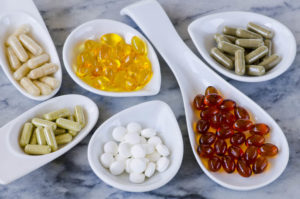
The supplements every person needs can be different and depend on their specific health concerns and nutrition status. There are however, a few supplements that can enhance the body’s ability to detoxify mold and support the healing process:
Liposomal glutathione:
Glutathione can support the body’s natural detoxification function and enhance its ability to eliminate mycotoxins. The liposomal delivery system of glutathione improves the absorption and bioavailability of this critical antioxidant in the body.
Binders:
Certain natural ingredients such as charcoal, clay and modified citrus pectin have an ability to bind to mycotoxins in the digestive tract so they can be eliminated with the stool. I find these natural binders are gentler with fewer side effects compared to prescription drugs such as Cholestyramine (CSM) that often cause a negative reaction.
Mitochondria support:
Mitochondria are the energy producing organelles of the cells. As a result of the mold toxicity, the mitochondria can have a difficult time making energy. Several supplements can help rebuild and support healthy mitochondria. For this purpose, I often use:
- Coenzyme Q10 (CoQ10):
An antioxidant that can protect the mitochondria from free radical damage and plays a key role in energy production. - L-carnitine:
An amino acid essential for the transport of fatty acids into the mitochondria to be used as fuel. - D-Ribose:
A naturally occurring monosaccharide (sugar) that assists with energy production.
Probiotics:
Mycotoxins can negatively impact the microbiome making a person with mold toxicity more prone to fungal overgrowth such as candida and yeast infections. Taking probiotic supplements in addition to a low sugar mold toxicity diet (see below) can help restore these imbalances.
3. Anti-Fungal Diet for Mold Toxicity
Low inflammation, low sugar, low toxin diet
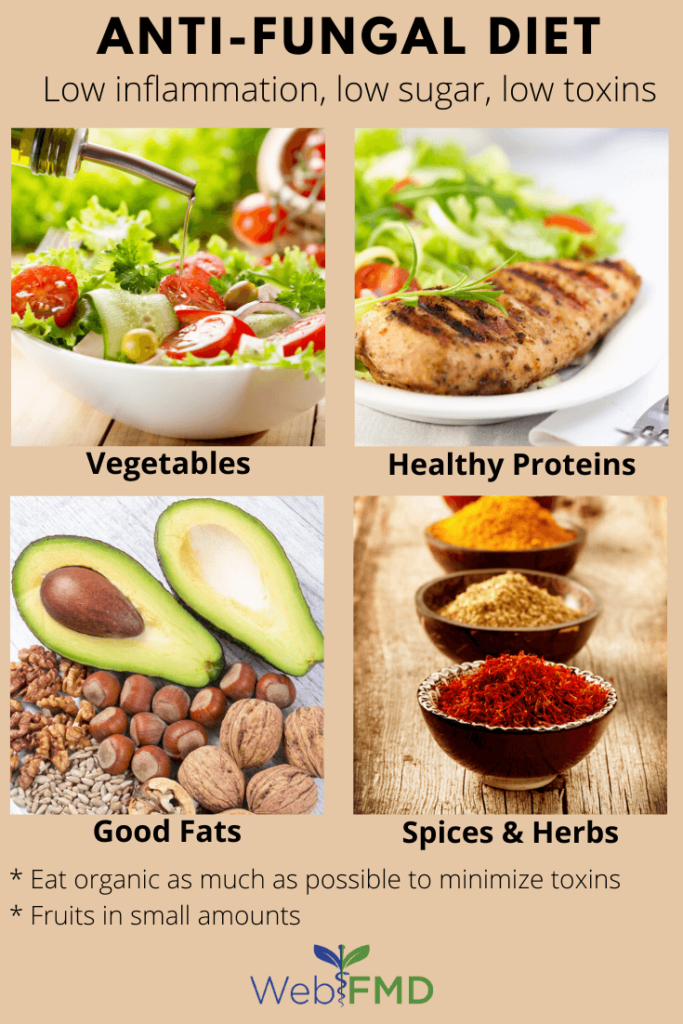
The purpose of the anti-fungal diet is to reduce inflammation, increase your nutrient status, decrease exposure to toxins found in foods (mold and others), and enhance your body’s ability to detoxify and clear toxins.
Most people who are affected by mold also have an overgrowth of yeast in their bodies. Reducing the amount of sugar and certain problematic foods known to feed yeast can help the body naturally fight this overgrowth.
While the diet is often tailored to each person, here are some of the main guidelines:
Foods to Eat:
Foods that alleviate inflammation, high in phytonutrients and support detoxification:
- Vegetables:
Green leafy and non-starchy vegetables, especially cruciferous vegetables to support detoxification - Healthy proteins:
Grass fed or pastured-raised unprocessed meat. Fresh, organic, pasture raised eggs. Limit fish to twice a week, choosing wild caught small fish that are low in mercury, such as wild salmon. See Environmental Working Group’s FISH LIST for healthy options. - Healthy good fats:
Avocado, fresh nuts and seeds (watch for moldy nuts), olives, fresh unrefined extra-virgin olive (don’t cook with it), and coconut oil.
Good sources of nuts include organic almonds, walnuts, and pecans for a healthy treat. For seeds, choose pumpkin, sunflower, and flax seeds. - Spices and Herbs:
Some of my favorite spices and herbs include onions, garlic, rosemary, ginger, cinnamon, cloves, and basil for all their healing benefits. - Fruits:
Some people can have fresh fruits in moderation. A good example may be half a cup of fresh berries once or twice a day. - Organic:
To minimize toxins, try to eat organic as much as possible.
Foods to Avoid:
Foods that increase inflammation or feed yeast:
- Sugars and sweeteners
- Fruits (see foods to eat section above as some fruits are allowed)
- Grains (including corn)
- Gluten
- Dairy (can contain mycotoxins because of the grains being fed to the cows)
- Legumes and beans
- Starchy vegetables such as potatoes, beets, and winter squash
- Alcohol
- Coffee
- Chocolate
- Moldy foods
- Fermented foods such as kombucha, and kimchi
- Nutritional yeast
- Vinegar
- Wine
- Mushrooms
- Aged meats
4. Your Mindset

Knowing that your house is making you sick can be a very uncomfortable thought. The stress caused by your place of comfort making you sick can put your body into constant survival mode and delay your recovery.
In fact, the effect our mind has on our bodies has been widely documented. Just as food is medicine, our thoughts are a powerful healer. Having a positive mindset and not letting stress takeover is an important part of the healing process.
Here are a few ways you can work on your mindset to help your body heal:
- Meditate:
Redirect any negative thoughts to a more positive outlook. Instead of saying “my home is not safe anymore”, focus on “I am going to move to a cleaner environment and my body will heal.” - Muse device:
This device measures your brain activity and uses sound therapy to help your brain get out of survival state and promote the restorative alpha brain state. - Your support network:
Surround yourself with people who are supportive and loving. Start being aware of your thoughts if you are not already noticing the internal conversations you have with yourself.
5. Additional Therapies to Augment Mold Detoxification & Healing
- Movements & Exercise:
Depending on your health and fitness level, try to introduce gentle physical activity you can do each day, such as a walking, stretching, using a rebounder (mini trampoline). - Skin & Lymphatic Support:
Use infrared saunas or a restorative mineral bath such as Clear + Restore. - Hyperbaric Oxygen Therapy:
This method improves oxygenation which can accelerate the body’s ability to detox and eliminate toxins. It can be very useful if your symptoms affect your memory and brain. Oxygen is also beneficial for the healing of tissues.
Final Thoughts
Toxic mold is a major health issue that can have a profound effect on your quality of life. While more research is needed to fully understand the scale of this epidemic and the ideal testing and treatment options, I believe we have enough data to help you get well.
If you suspect your issues may be related to mold exposure, do not give up on your body! Speak with a functional medicine physician who has experience with mold-related illness. As I have mentioned, in many cases, moving to a clean environment, starting the treatment to help your body eliminate the toxins and support the healing process can help you overcome the mold problem and fully recover.
Additional Resources
- Is My House Making Me Sick? Mold Toxicity Facts You Need to - December 8, 2019

